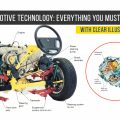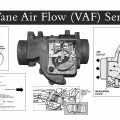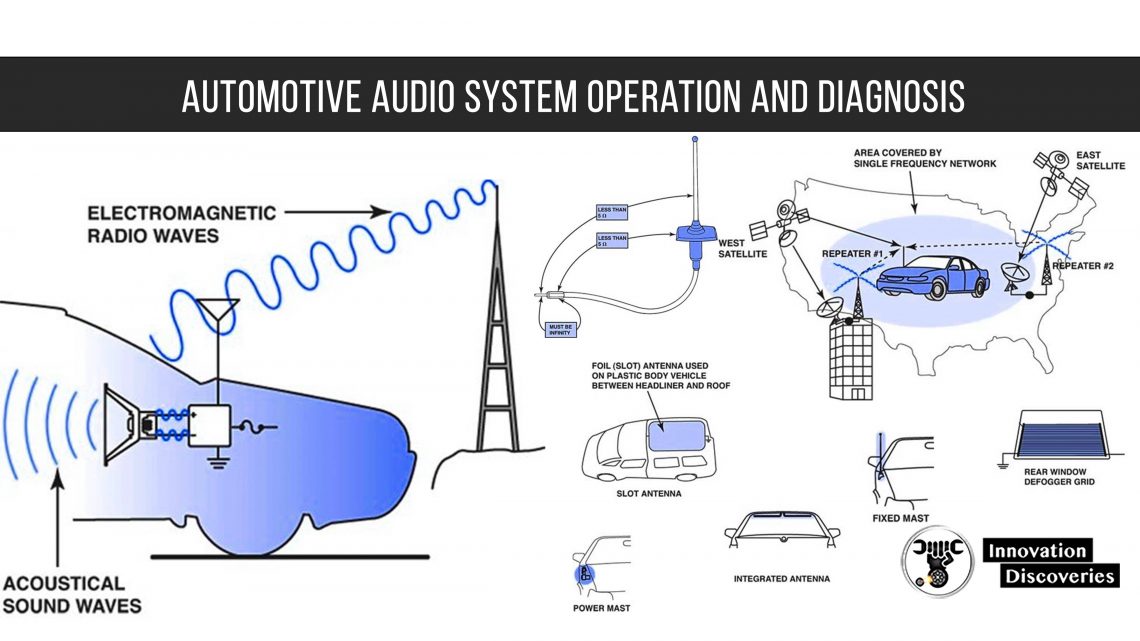
Diagnosis and Troubleshooting of Automotive Electrical, Electronic, and Computer Systems
AUDIO FUNDAMENTALS
Introduction
- Audio systems produce audible sounds and include the following:
- Radio (AM, FM, and satellite)
- Antenna systems that are used to capture electronic energy broadcast to radios
- Speaker systems
- Aftermarket enhancement devices that increase the sound energy output of an audio system
- Diagnosis of audio-related problems
Types of Energy
- Electromagnetic energy or radio waves.
- Acoustical energy, usually called sound.
Terminology
- Radio frequency (RF), Is the number of times a particular waveform repeats itself in a given amount of time
- Hertz (Hz). A measurement of a waveform. A signal with a frequency of 1 Hz is one radio wavelength per second.
Modulation
- Modulation is the term used to describe when information is added to a constant frequency.
- Amplitude modulation (AM)
- Frequency modulation (FM)
Radio Wave Transmission
- More than one signal can be carried by a radio wave. This process is called sideband operation.
Noise
- Radio Frequency Interference (RFI) is one type of electromagnetic interference (EMI) and is the frequency that interferes with radio transmission.
AM Characteristics
- Reception can be achieved over long distances from the transmitter because the waves can bounce off the ionosphere.
FM Characteristics
- Because FM waves have a high RF and a short wavelength, they travel only a short distance.
Multipath
- Multipath is caused by reflected, refracted, or line-sight signals reaching an antenna at different times. Multipath results from the radio receiving two signals to process on the same frequency.
Audio systems use both electromagnetic radio waves and sound waves to reproduce sound inside the vehicle.
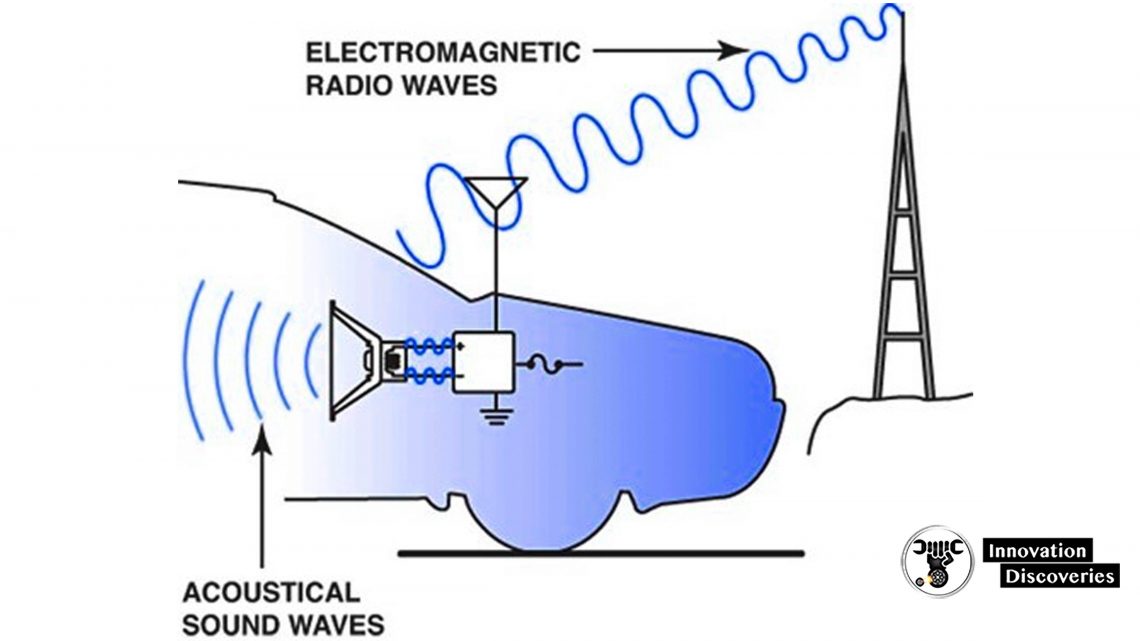
The relationship among wavelength, frequency, and amplitude.
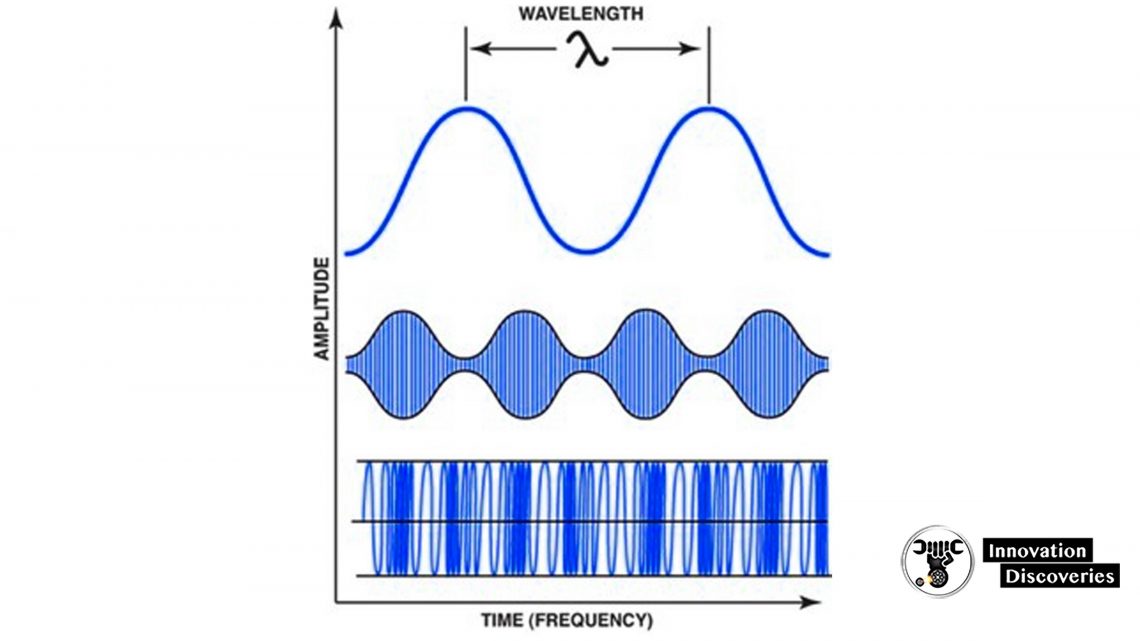
The amplitude changes in AM broadcasting.
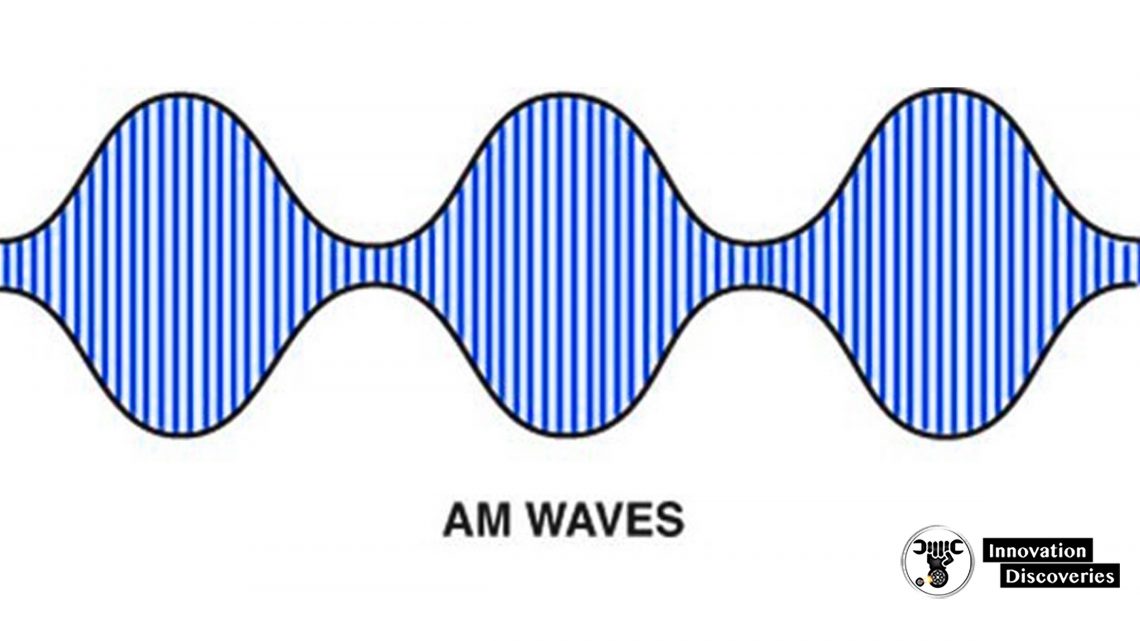
The frequency changes in FM broadcasting and the amplitude remains constant.
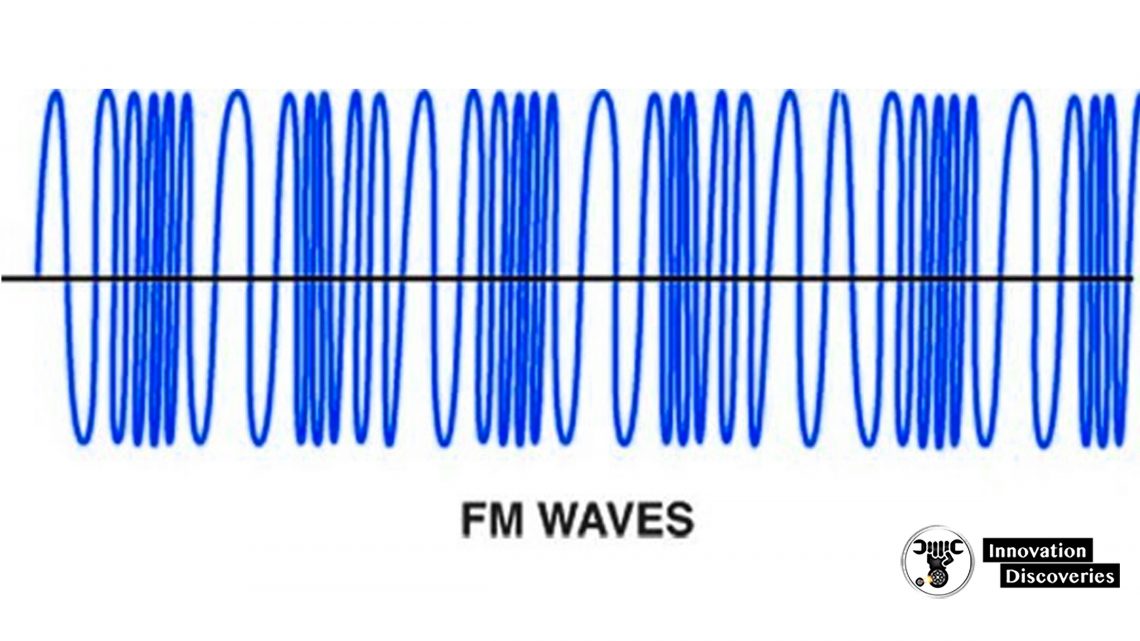
Using upper and lower sidebands allows stereo to be broadcast. The receiver separates the signals to provide left and right channels.
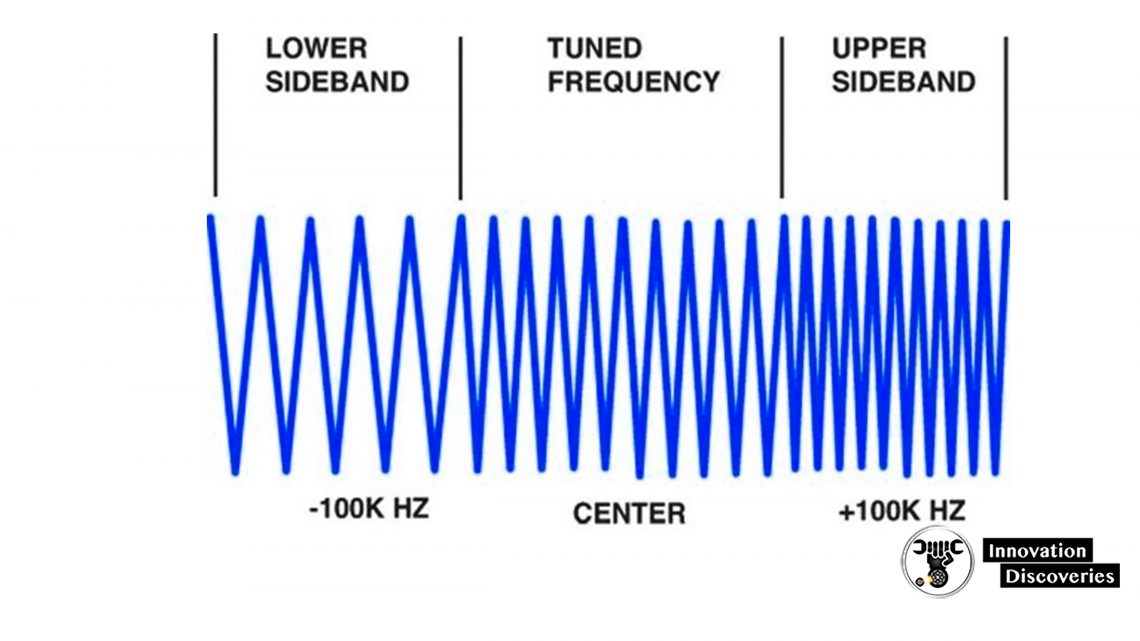
Q: Why do AM signals travel farther than FM signals?
- ANS: The AM waves bounce off the ionosphere.
RADIOS AND RECEIVERS
Most late-model radios and receivers use five input/output circuits.
- Power
- Ground
- Serial Data
- Antenna Input
- Speaker Outputs
ANTENNAS
Types of Antennas
- Slot antenna
- Rear window defogger grid
- Powered mast
- Fixed mast antenna
- Integrated antenna
The five types of antennas used on General Motors vehicles include the slot antenna, fixed-mast antenna, rear-window defogger grid antenna, a powered mast antenna, and an integrated antenna.
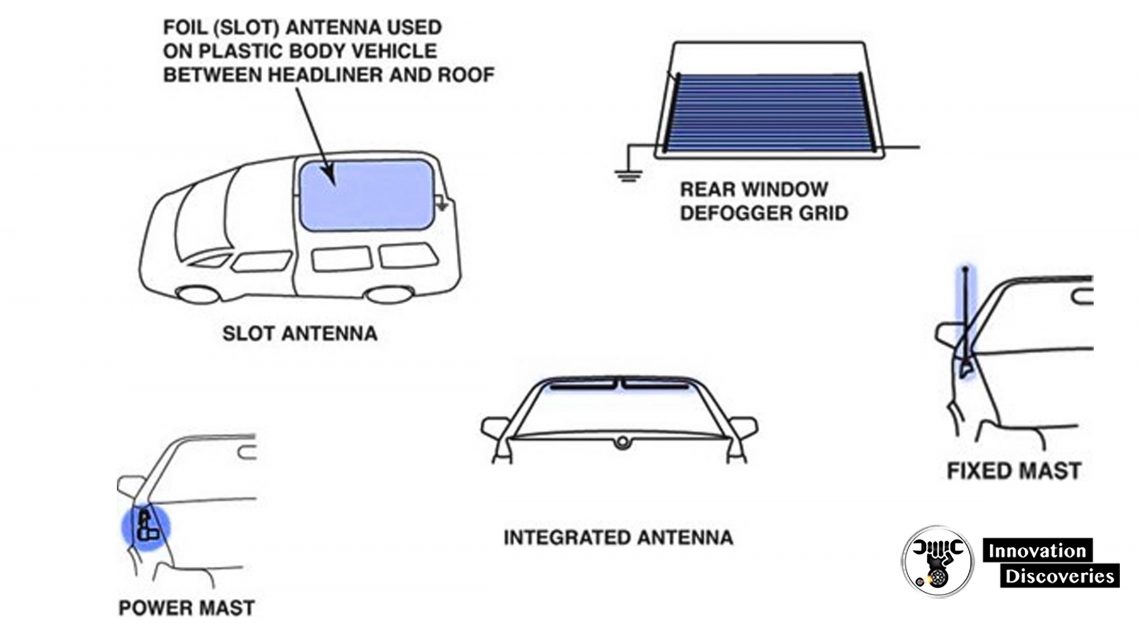
The ground plane is one-half of the antenna.
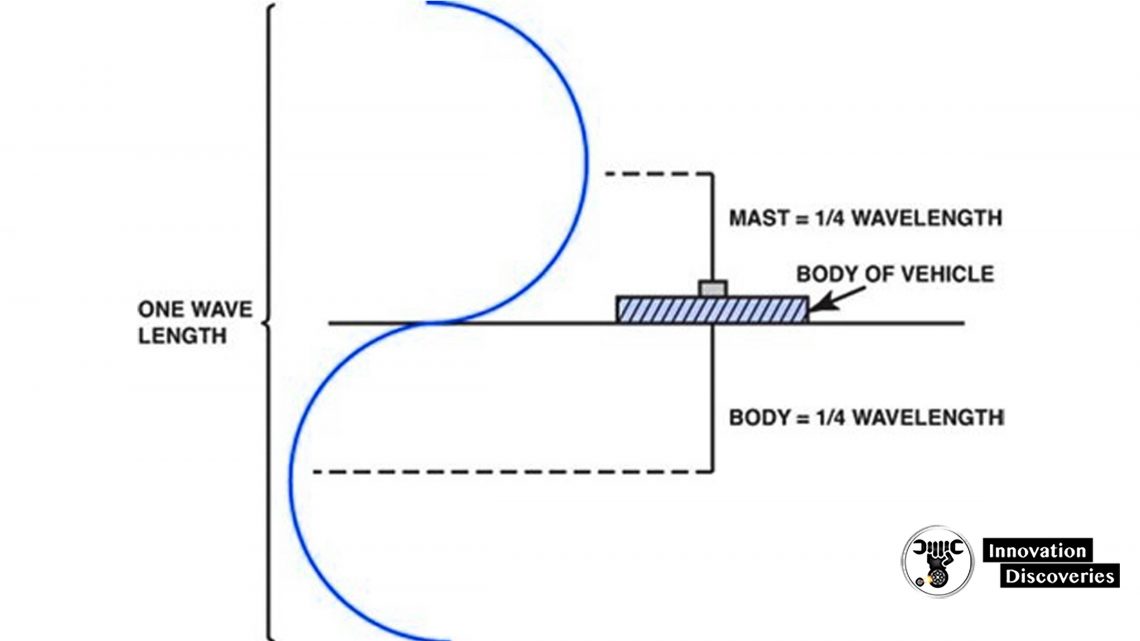
ANTENNA DIAGNOSIS
- Antenna Height
- Most fixed-length antennas are exactly 31 inches (79 cm).
- Antenna Testing
- An ohmmeter should read infinity between the center antenna lead and the antenna case.
- The case of the antenna must be properly grounded to the vehicle body
- The cable should have less than 5 ohms resistance end-to-end.
- Power Antenna Testing and Service
- Most power antennas use a circuit breaker and a relay to power a reversible, permanent magnet (PM) electric motor that moves a nylon cord attached to the antenna mast.
- The power antenna mast is tested in the same way as a fixed-mast antenna.
- All power antennas should be kept clean by wiping the mast with a soft cloth and lightly oiling with light oil, such as WD-40 or a similar-grade oil.
If all ohmmeter readings are satisfactory, the antenna is good.
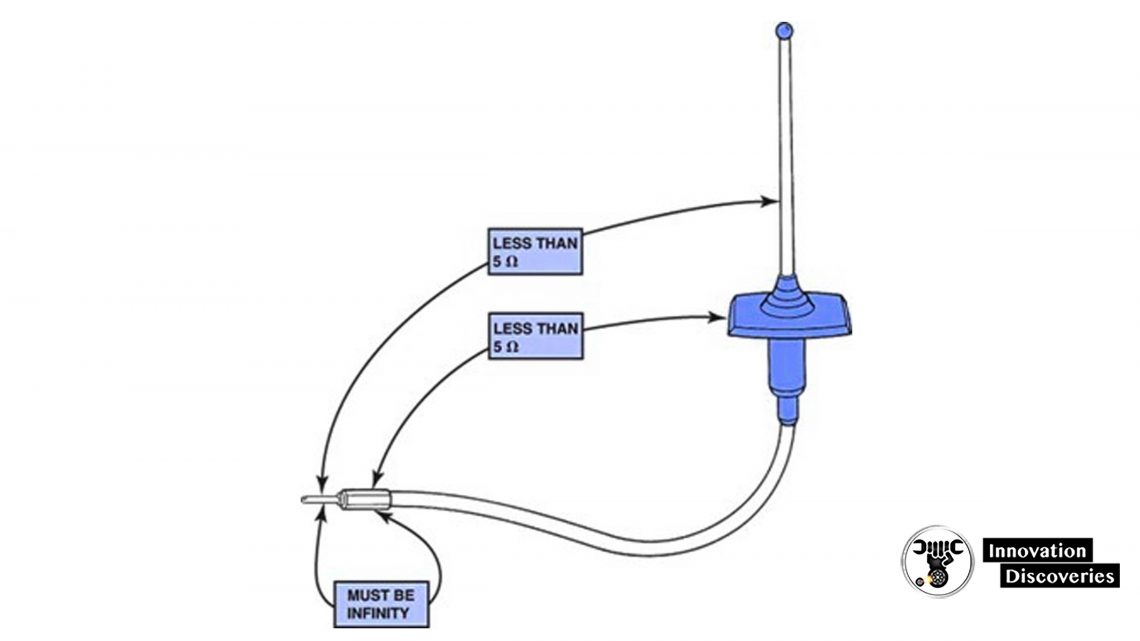
Tech Tip: The Hole in the fender cover trick
A common repair is to replace the mast of a power antenna. To help prevent the possibility of causing damage to the body or paint of the vehicle, cut a hole in a fender cover and place it over the antenna.
Cutting a small hole in a fender cover helps to protect the vehicle when replacing or servicing an antenna.

A typical power antenna assembly. Note the braided ground wire used to make sure that the antenna has a good ground plane.
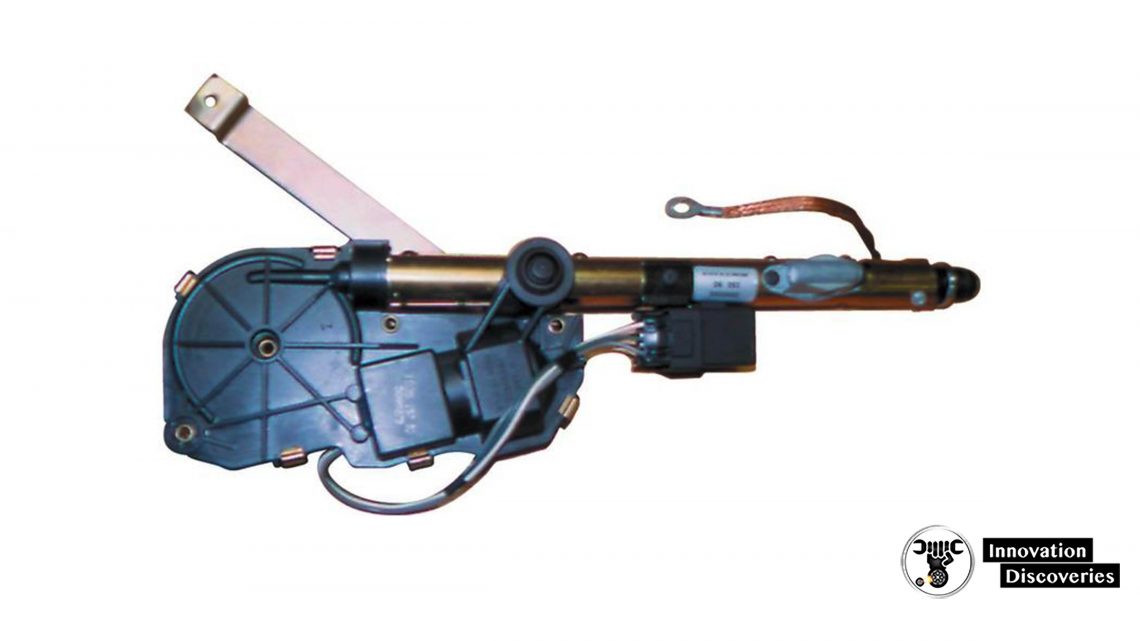
SPEAKERS
- Purpose and Function
- The purpose of any speaker is to reproduce the original sound as accurately as possible.
- Impedance Matching
- All speakers used on the same radio or amplifier should have the same internal coil resistance.
- Speaker Wiring
- Typical “speaker wire” is about 22 gauge (0.35 mm2).
Between 6 and 7 volts are applied to each speaker terminal, and the audio amplifier then increases the voltage on one terminal and at the same time decreases the voltage on the other terminal, causing the speaker cone to move. The moving cone then moves the air, causing sound.
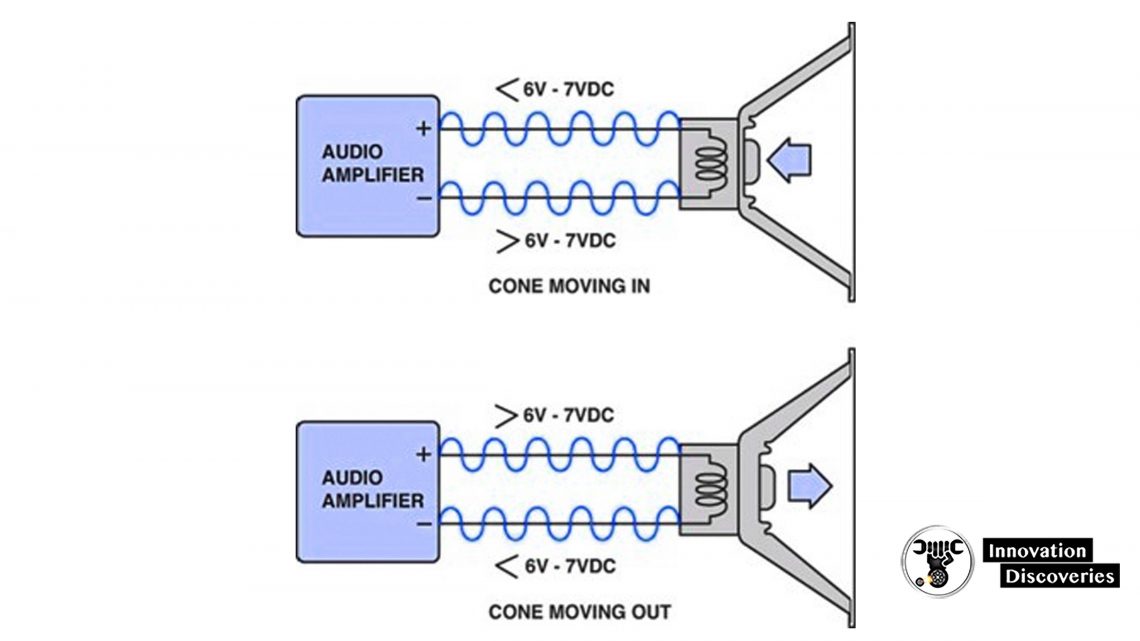
A typical automotive speaker with two terminals. The polarity of the speakers can be identified by looking at the wiring diagram in the service manual or by using a 1 1/2-volt battery to check.
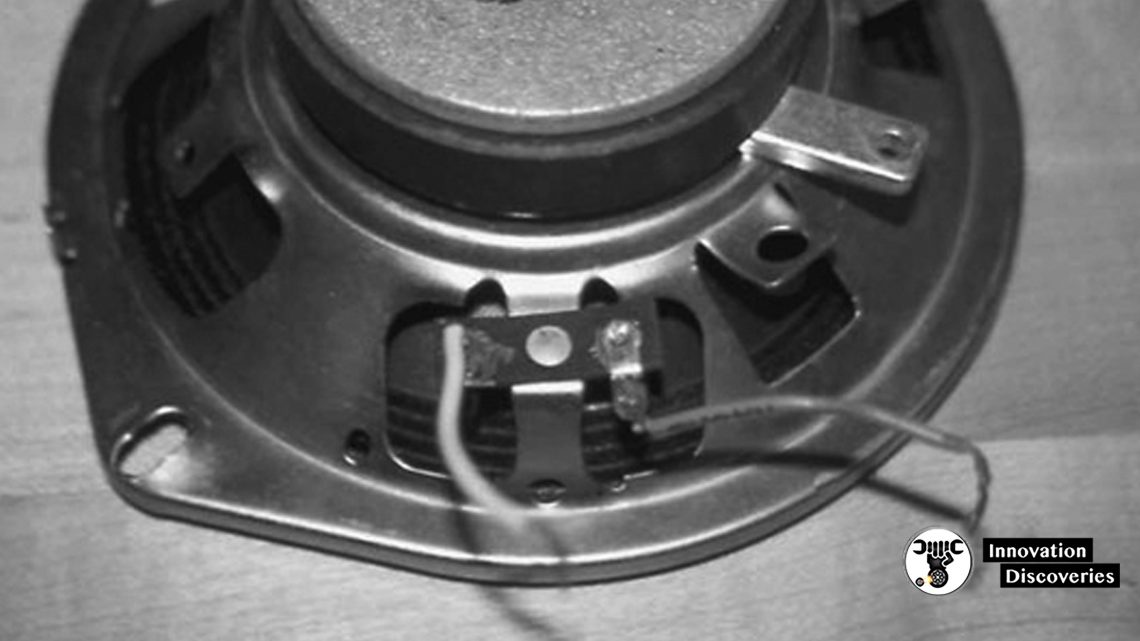
A speaker polarity tester can be easily constructed using a 1 1/2-volt battery. To test a speaker, connect the positive (+) lead of the battery to one speaker terminal and the negative (-) lead to the other speaker terminal for just a second and observe the direction the speaker cone moves. The positive (+) terminal of the speaker is the terminal that causes the speaker cone to move away from the magnet when touched with the positive (+) battery lead.
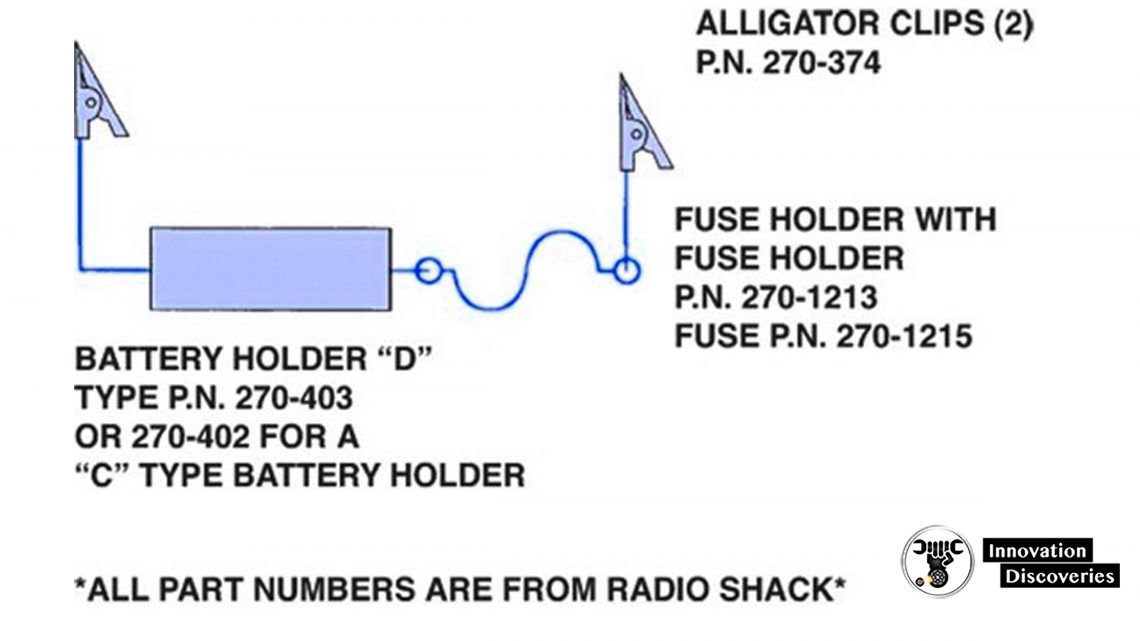
Two 4-ohm speakers connected in series result in a total impedance of 8 ohms. (b) Two 4-ohm speakers connected in parallel result in a total impedance of 2 ohms.
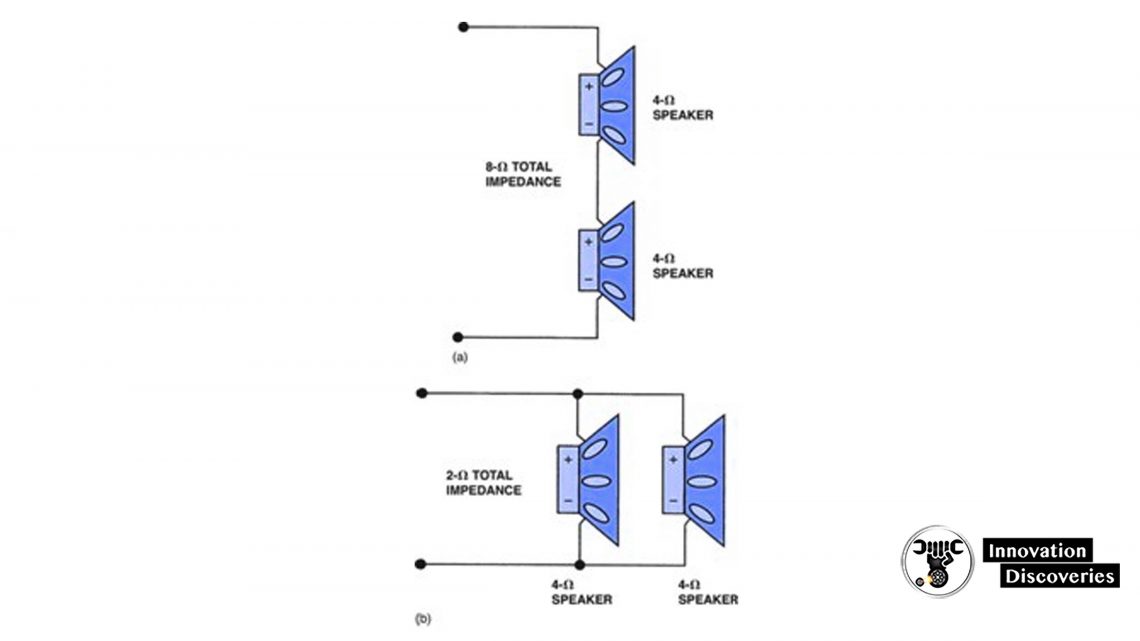
SPEAKER TYPES
Tweeter
- A speaker designed to reproduce high-frequency sounds, usually between 4,000 and 20,000 Hz (4 and 20 kHz).
Midrange
- A speaker is designed and manufactured to be able to best reproduce sounds in the middle of the human hearing range, from 400 to 5,000 Hz.
Subwoofer
- Produces the lowest frequency of sounds, usually 125 Hz.
SOUND LEVELS
Decibel Scale
- A decibel (dB) is a measure of sound power
- The dB scale is not linear (straight line) but logarithmic
- A small difference in dB rating means a big difference in the sound volume of the speaker.
Decibel Examples
- Quiet, faint 30 dB: whisper, quiet library
- Loud 70 dB: vacuum cleaner, city traffic
- Hearing loss possible 110 dB: loud rock music
CROSSOVERS
Definition
- A crossover is designed to separate the frequency of a sound and send a certain frequency range, such as low-bass sounds, to a woofer designed to reproduce these low-frequency sounds.
Passive Crossover
- Does not use an external power source.
Active Crossover
- Uses an external power source.
Crossovers are used in audio systems to send high-frequency sounds to the small (tweeter) speakers and the low-frequency sounds to the larger (woofer) speakers.
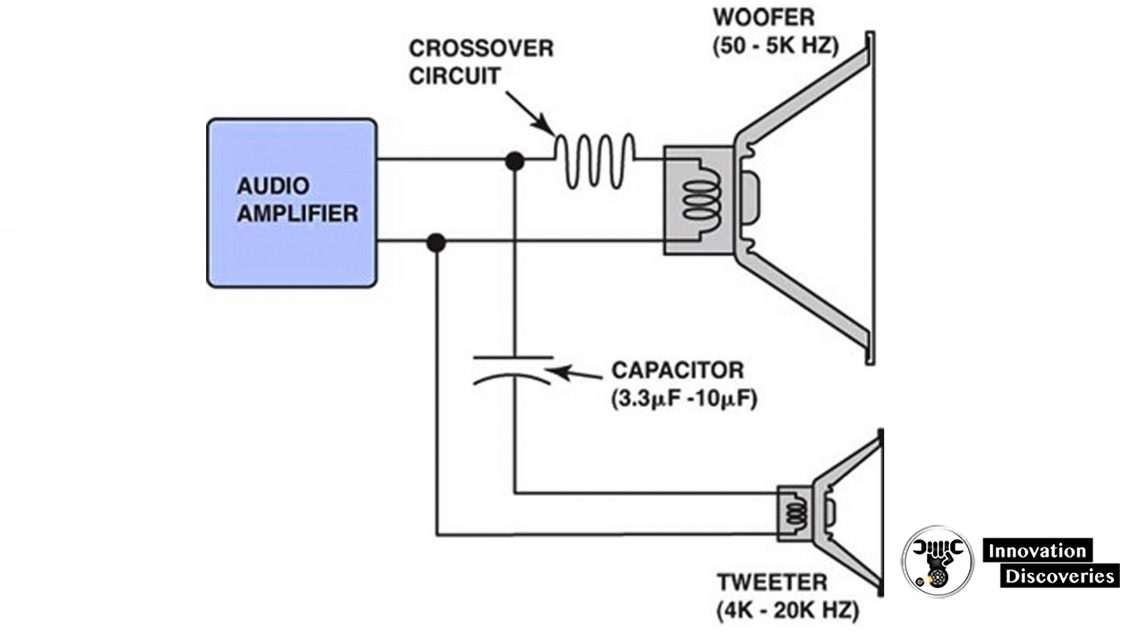
AFTERMARKET SOUND SYSTEM UPGRADE
Power and Ground Upgrades
- A separate battery for the audio system
- An inline fuse near the battery to protect the wiring and the components
- Wiring that is properly sized to the amperage draw of the system
- Ground wires at least the same gauge as the power-side wiring
Powerline Capacitor
- Provide the electrical reserve energy needed by the amplifier to provide deep bass notes.
Capacitor Installation
- A powerline capacitor connects to the power leads between the inline fuse and the amplifier
- To safely connect a large capacitor, it must be precharged.
- Follow the manufacturer’s procedure to properly precharge the capacitor.
Two capacitors connected in parallel provide the necessary current flow to power large subwoofer speakers.
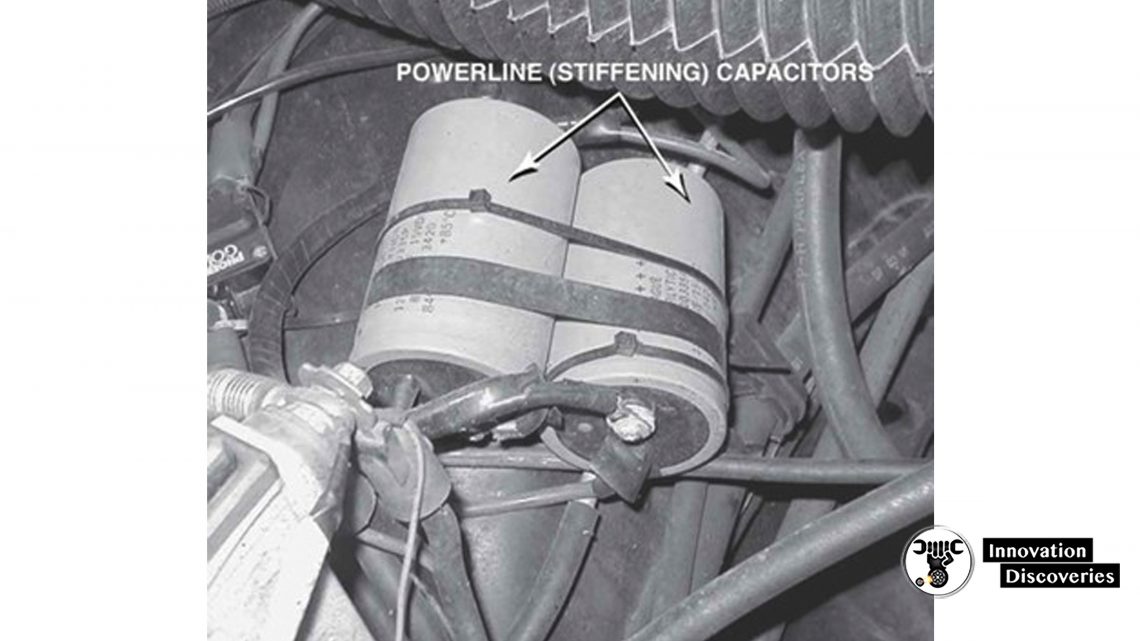
A powerline capacitor should be connected through the power wire to the amplifier as shown.
When the amplifier requires more electrical power (watts) than the battery can supply, the capacitor will discharge into the amplifier and supply the necessary current for the fraction of a second it is needed by the amplifier.
At other times, when the capacitor is not needed, it draws current from the battery to keep it charged.

VOICE RECOGNITION
Parts and Operation
- It allows the driver of a vehicle to perform tasks, such as locating an address in a navigation system by using voice commands rather than buttons.
Diagnosis and Service
- Verify the customer concern
- Check for aftermarket accessory interference
- Check for codes
- Follow the troubleshooting procedure
Voice commands can be used to control many functions, including navigation systems, climate control, telephones, and radios.
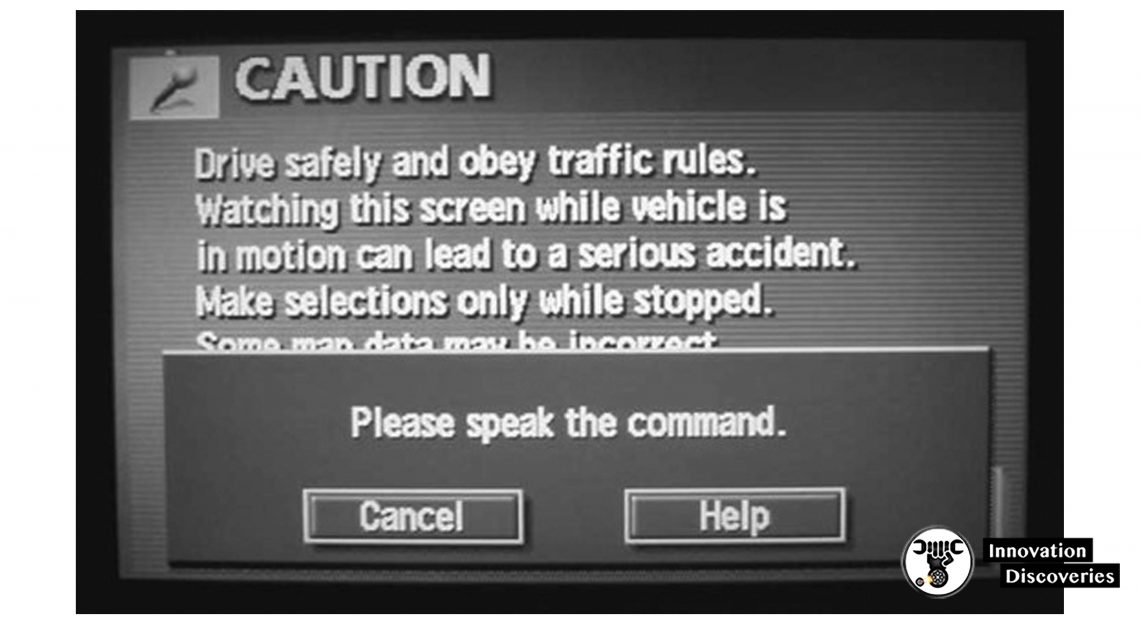
The voice command icon on the steering wheel of a Cadillac.
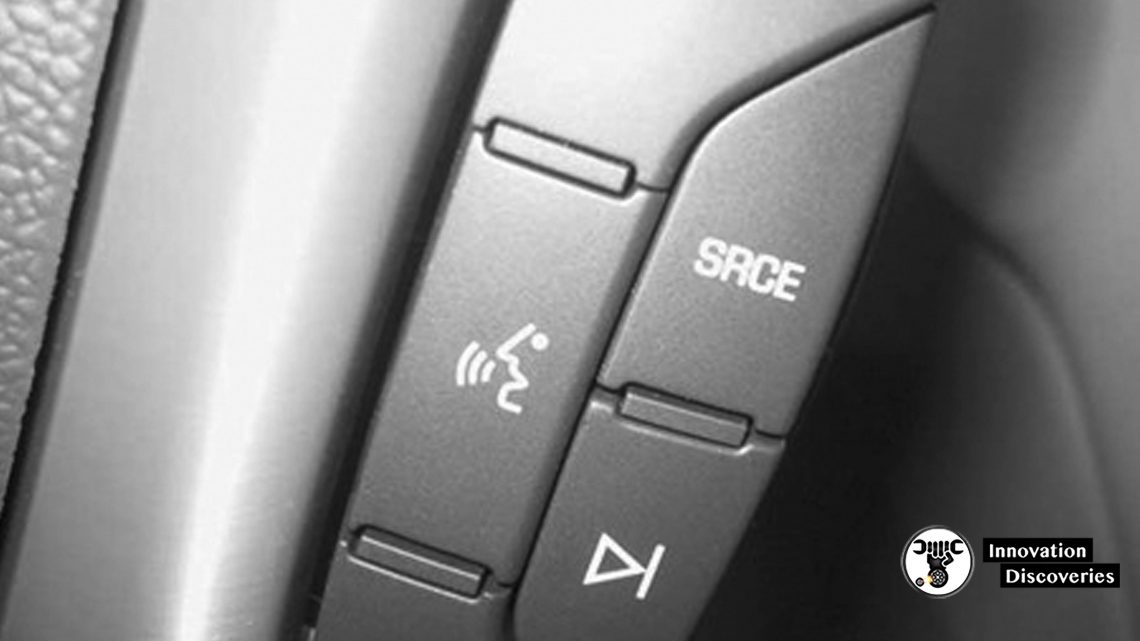
BLUETOOTH
Operation
- Bluetooth is a (radio frequency) standard for short range communications.
- It operates in the ISM (industrial, scientific, and medical) band between and MHz.
- A Bluetooth receiver can be built into the navigation or existing sound system.
- A built-in microphone allows the driver to use voice commands to operate vehicle features as well as telephone conversations.
A Bluetooth earpiece that contains a microphone and speaker unit that is paired to a cellular phone. The telephone has to be within 33 feet of the earpiece.
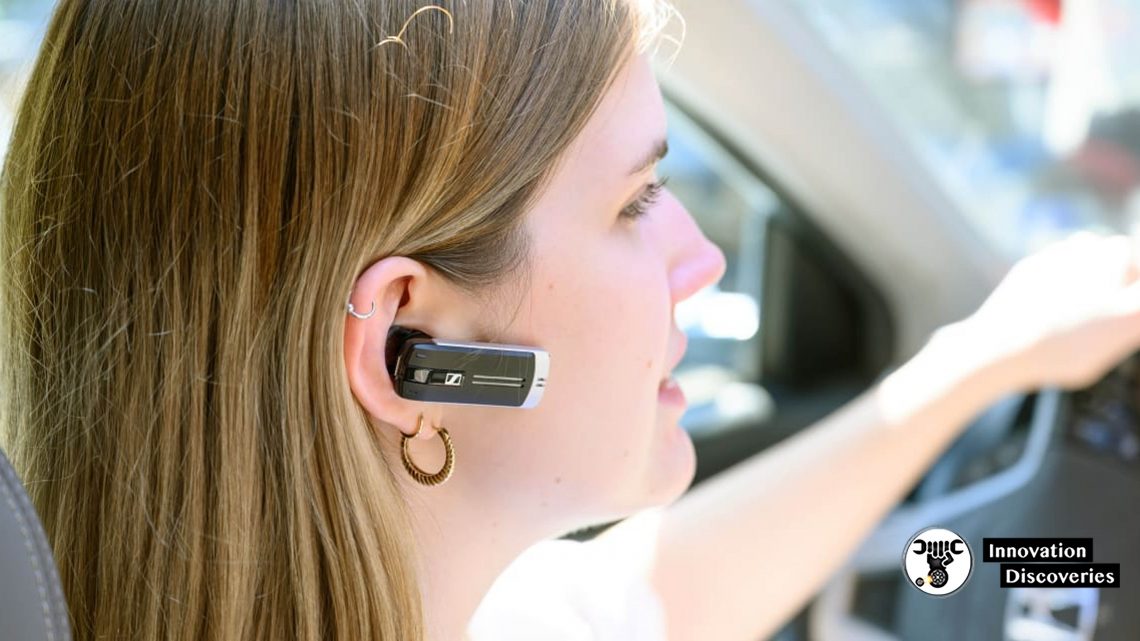
SATELLIGHT RADIO
Parts and Operation
- Satellite radio, also called Satellite Digital Audio Radio Services or SDARS, is a fee-based system that uses satellites to broadcast high-quality radio.
Sirus/XM Radio
- The most common satellite radio service offered.
- An optional in most vehicles.
Reception
- Reception affected by anything that would block signal.
Antenna
- Must be able to receive satellite and repeater signals.
Diagnosis and Service
- Ensure the service is current
- Check the antenna for damage
- Follow manufacturer and provider test procedures
SDARS uses satellites and repeater stations to broadcast radio.
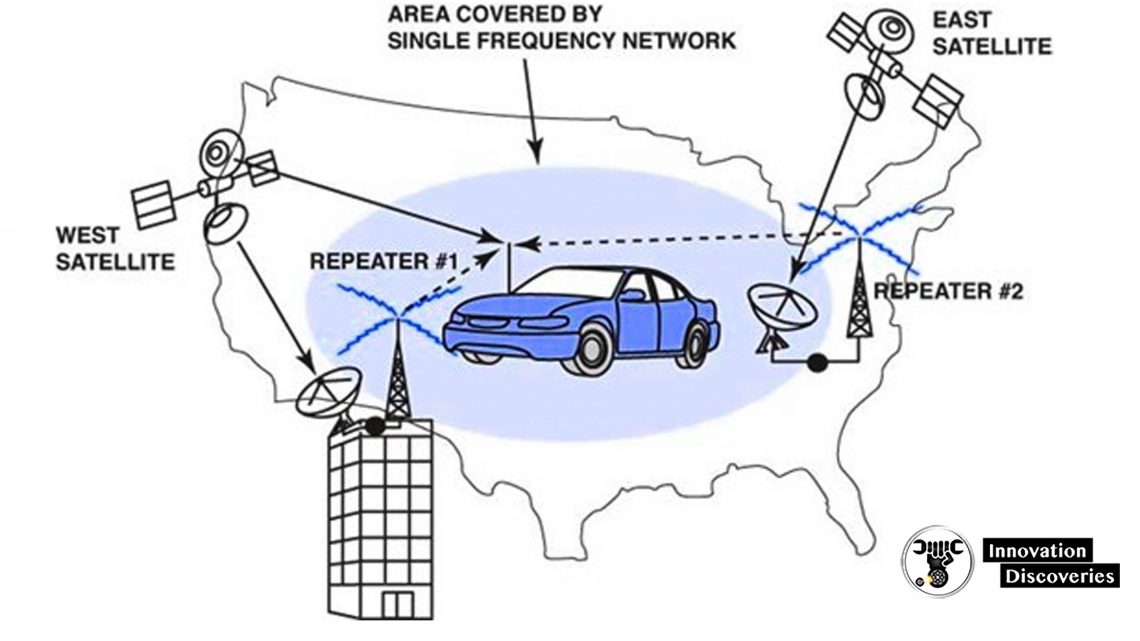
An aftermarket XM radio antenna is mounted on the rear deck lid. The deck lid acts as the ground plane for the antenna.
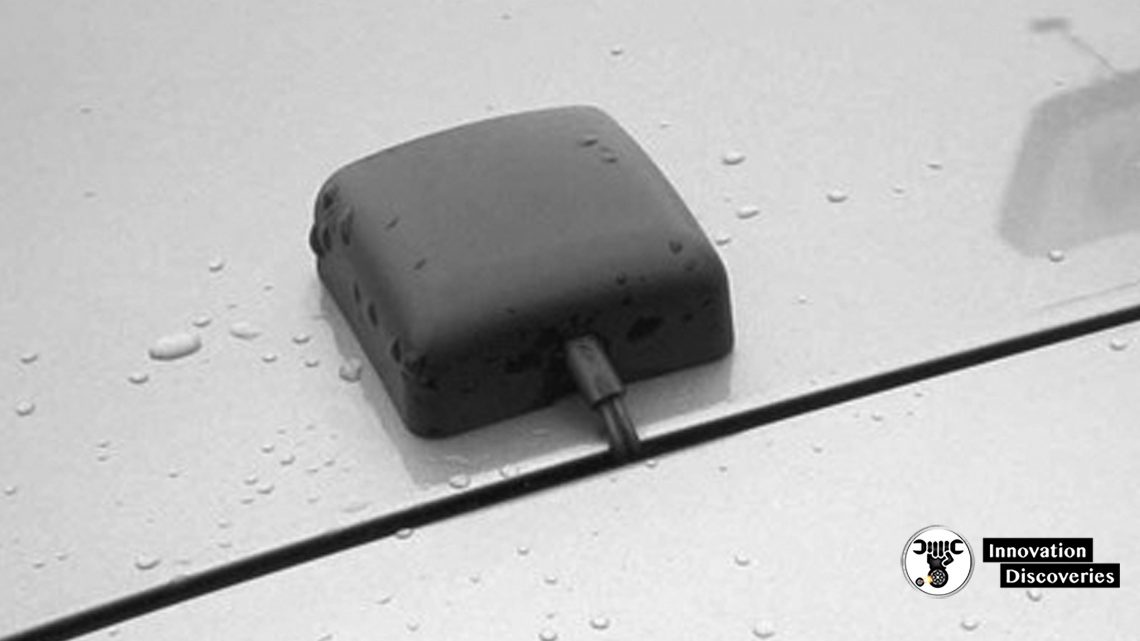
A shark-fin-type factory antenna is used for both XM and OnStar.
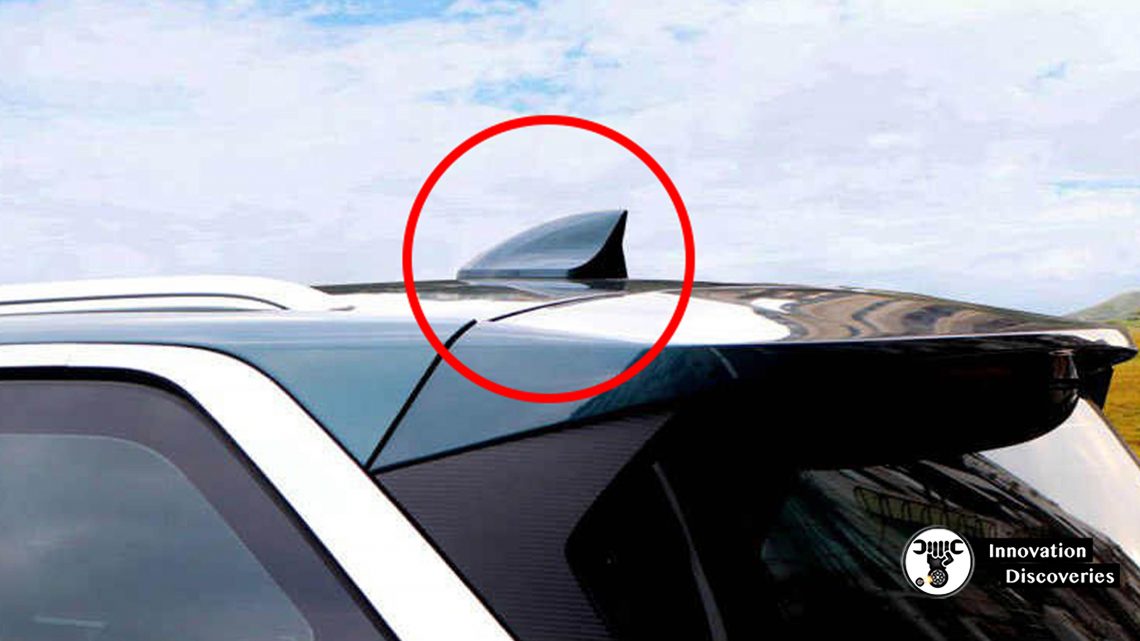
Q: What can affect the reception of a satellite radio signal?
- ANS: Anything tall enough to block the signal.
RADIO INTERFERENCE
Definition
- Caused by variations in voltage in the powerline or may be picked up by the antenna.
Capacitor Usage
- Used to eliminate ignition noise in the system.
Radio Choke
- A coil of wire is used to eliminate ignition noise in the radio.
- Braided Ground Wire
- Used when electrical noise is a concern.
A radio choke and/or a capacitor can be installed in the power feed leading to any radio, amplifier, or equalizer.
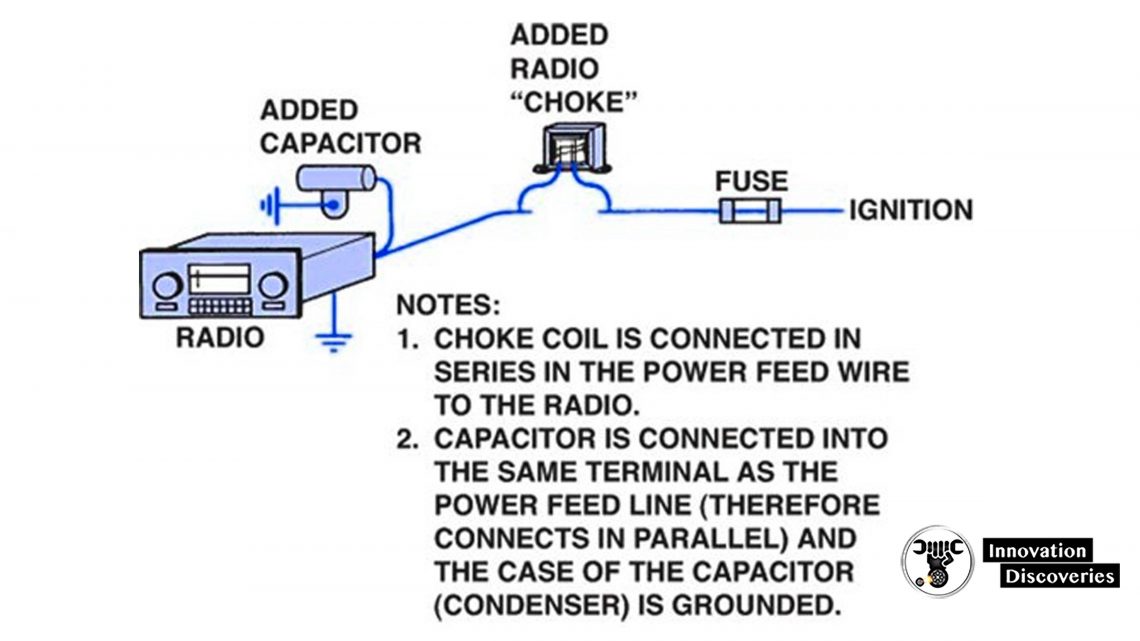
Many automobile manufacturers install a coaxial capacitor, like this one, in the power feed wire to the blower motor to eliminate interference caused by the blower motor.
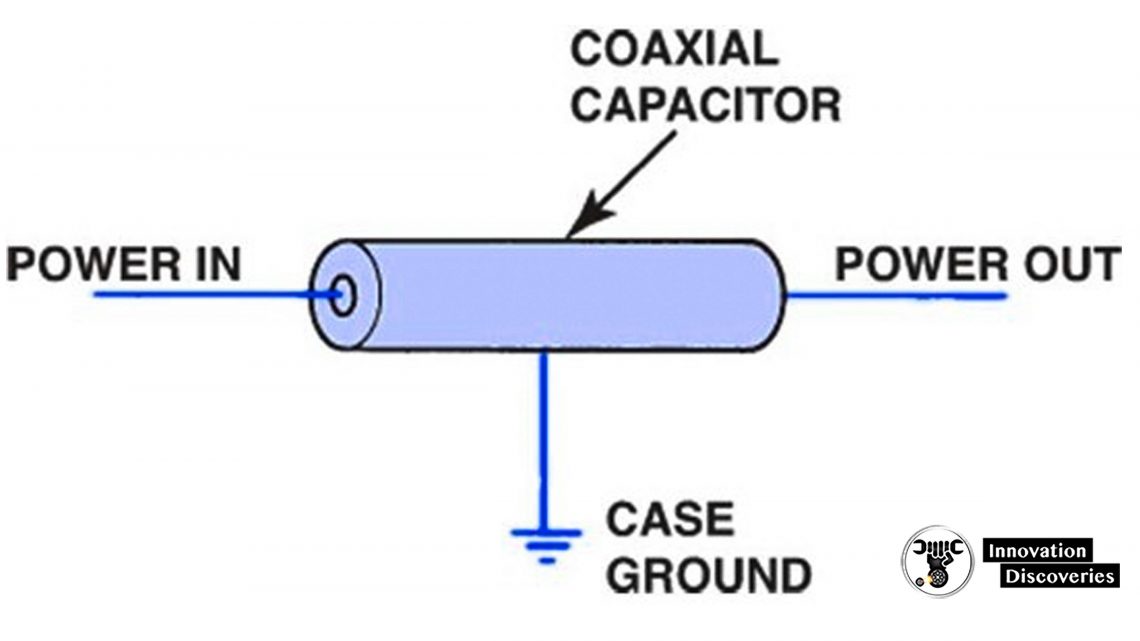
A “sniffer” can be made from an old antenna lead-in cable by removing about 3 inches of the outer shielding from the end. Plug the lead-in cable into the antenna input of the radio and tune the radio to a weak station.
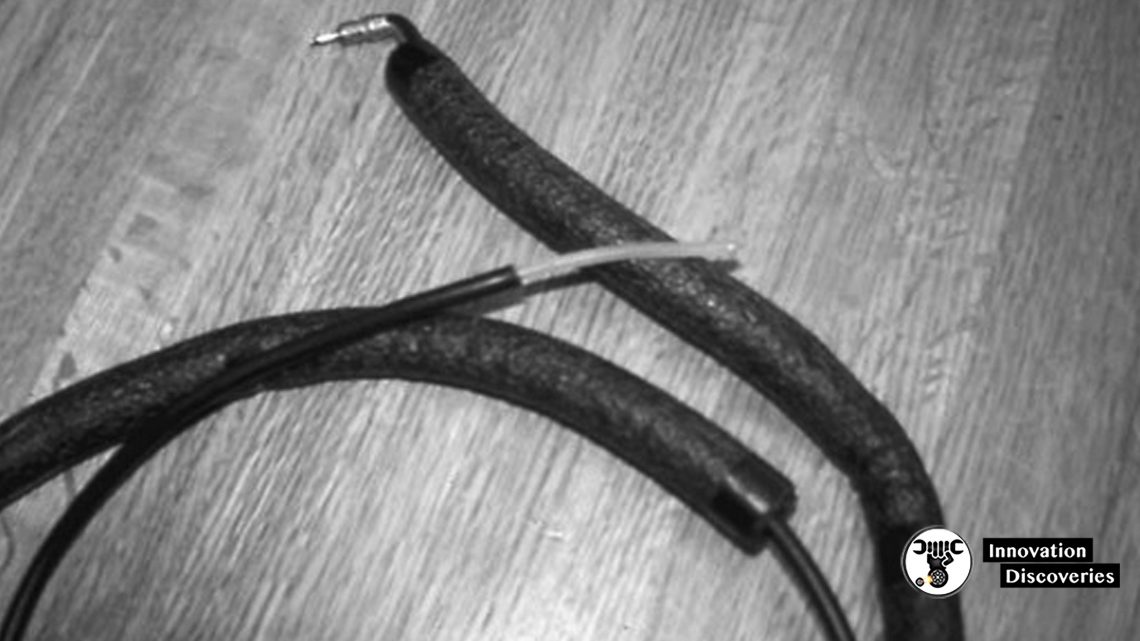
Move the end of the antenna wire around the vehicle dash area. The sniffer is used to locate components that may not be properly shielded or grounded and can cause radio interference through the case (housing) of the radio itself.
The tip of an antenna that was struck by lightning.
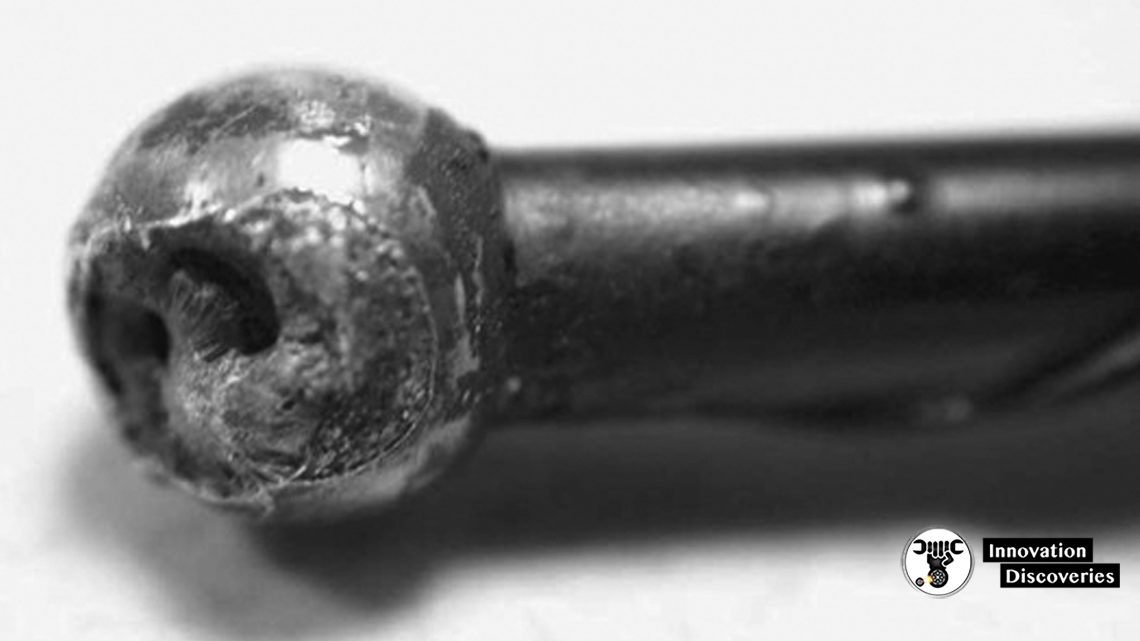
Q: What two items may need to be added to the wiring of a vehicleto control or reduce radio noise?
- ANS: Capacitor or Radio Choke
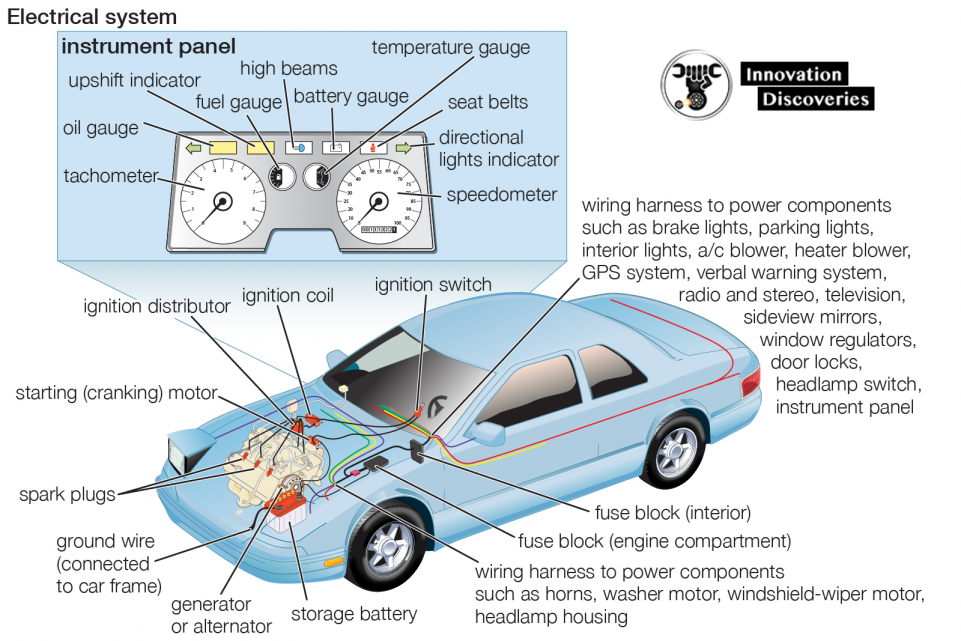
Visit Forum
Visit Our Friendly Website



